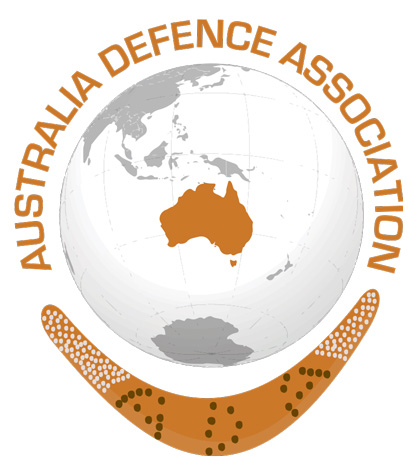Why breaches of the Laws of Armed Conflict in Afghanistan by some Australian Special Forces personnel occurred has numerous causes. A major one was high operational tempos for the units concerned, leading to operational exhaustion, and loss of moral and professional focus. The high tempo was a result of governmental preferences to maximise the use of SF troops because of a feared (but probably low) risk of electoral blowback from casualties among conventional forces. While responsibility for what went wrong ranges from those directly carrying out such activities to those commanding or supervising them up the ADF chain-of-command, it also lies with the governments who directed the ADF to use SF troops for tasks that could have been undertaken by conventional forces. And to Australians generally for wrongly assuming that warfighting only involves the ADF (like only fire services fight fires). Instead of acknowledging that Australia as a whole, not just our defence force, is involved in how Australia fights Australia's wars. Acknowledging these contexts is not deflecting due blame from the personnel, units and command chain involved. It is, however, useful for noting the complex causes of the problem, the lessons necessary to avoid a repeat in future wars, and the range of accountabilities for fighting Australia's wars that lie beyond the ADF.
Letter to The Canberra Times
Saturday, 14 November 2020
(published Monday, 16 November 2020)
Popes View [editorial cartoon, Canberra Times], November 14, oddly missed that the unleashed dog’s chain of command was held by Australian governments of both political persuasions.
And the rest of that hand’s body was and remains Australia as a whole.
No-one serious denies the moral and legal necessity to hold all involved duly accountable.
From diggers in an Afghan village to their commanders from the tactical to strategic levels.
Including the sergeant-majors meant to keep a particularly wary eye on soldiers, NCOs and junior officers – and to counsel sub-unit, unit and formation commanders accordingly.
But it was governments that ultimately set and enforced the scope, nature and limits of Australia’s military commitment in Afghanistan.
It was governments which decreed combat action would disproportionally rely on special, rather than conventional, forces. Even though they’re special, in part, because there are much fewer of them and this would mean high operational tempos to sustain force rotation.
Despite much unease in the ADF about this force-to-task imbalance from the start, and this breaking out publicly in professional and other journals from 2007.
In hindsight, the ADF hierarchy should have challenged these limits more strongly.
And Ministers should be prepared to understand and respect such warnings about the personal, operational and moral exhaustion their limits risk.
But its hard to convince Ministers and Cabinets, fearing electoral or other blowback if there are high casualty rates, that their fears are unfounded, exaggerated or inappropriate.
And its Australia that was at war in Afghanistan.
All Australians shouldn’t just ignore what this means by buck-passing responsibility entirely on to the fellow citizens forming our defence force at any one time.
Finally, as with previous wars, the eventual Official History will weigh individual, collective and other responsibilities.
With the dispassionate benefit of examining all the documents, interviews and contexts involved.
And help stop governments, Australians and the ADF from making the same mistakes again.
Back to Letters: 2019-20


